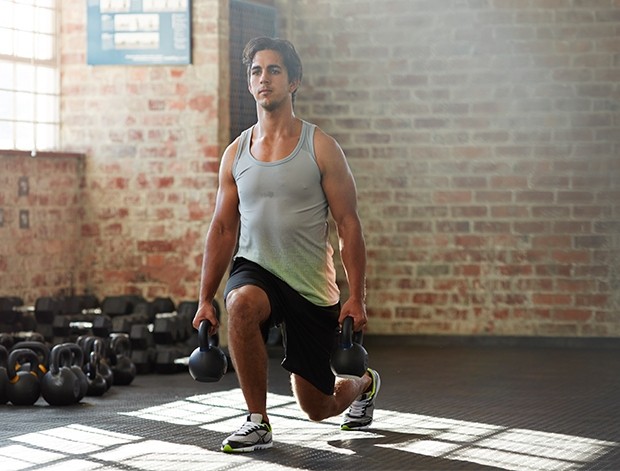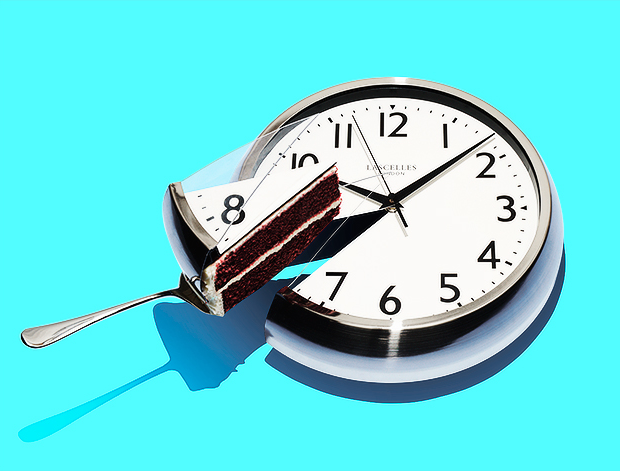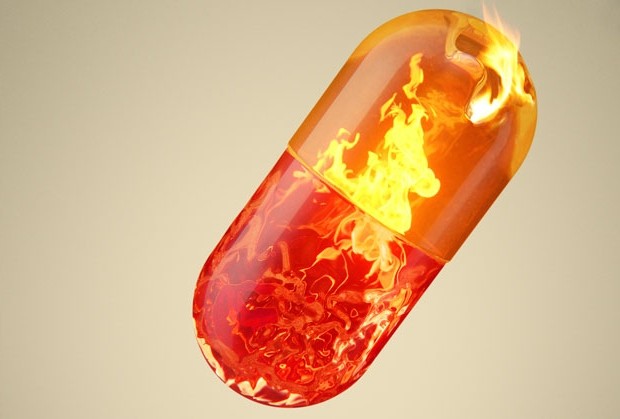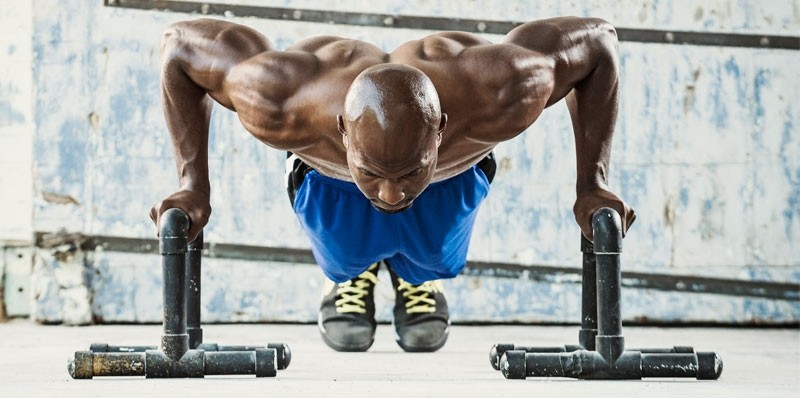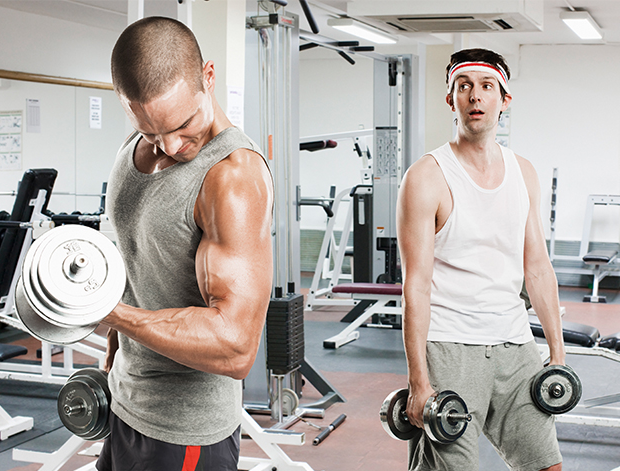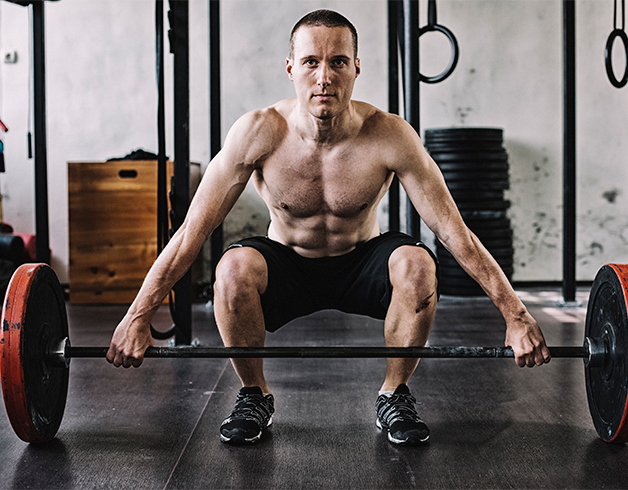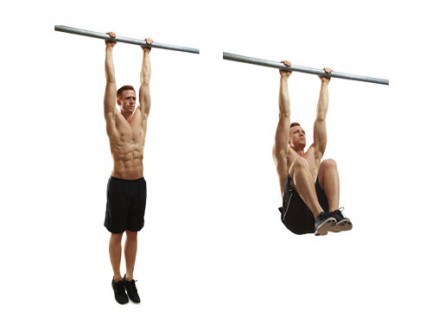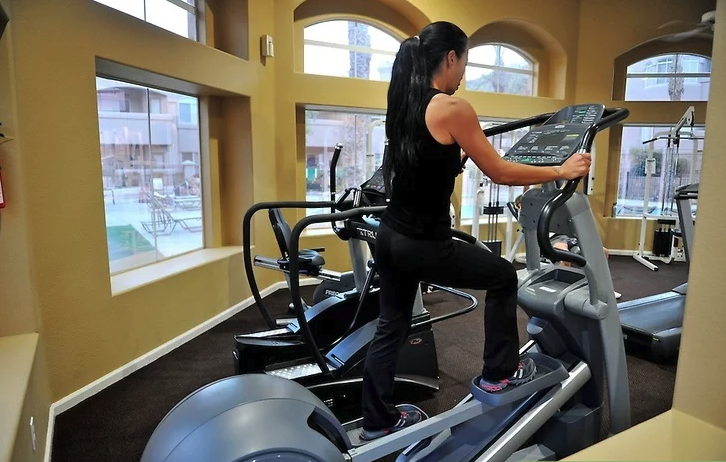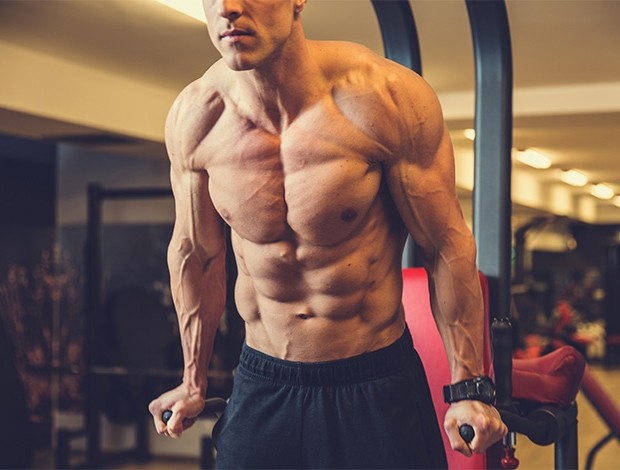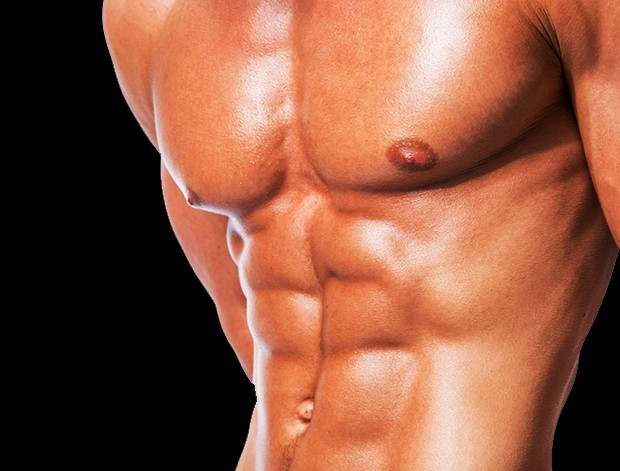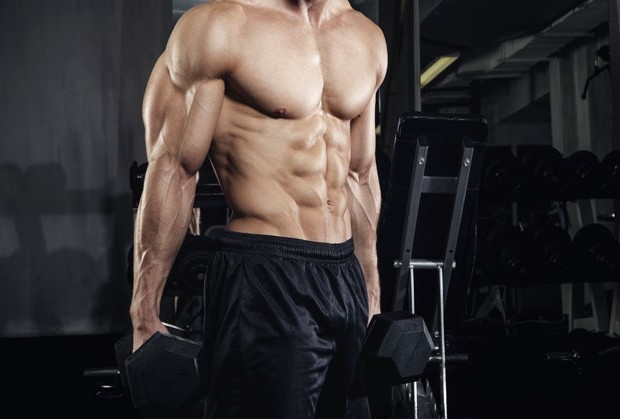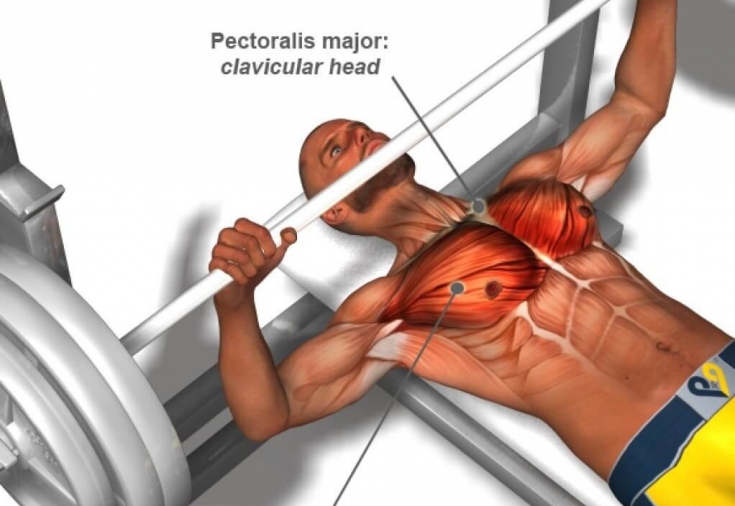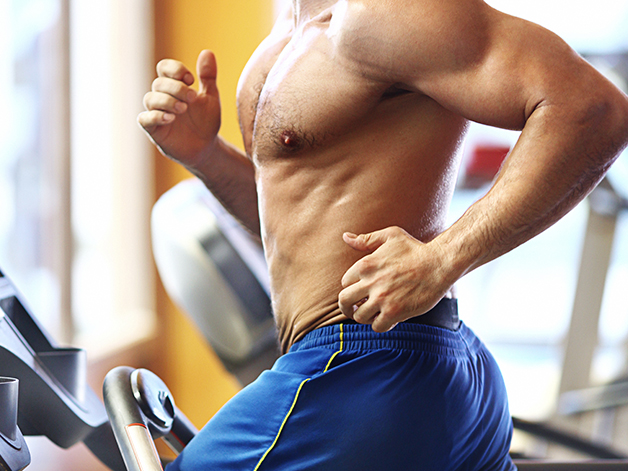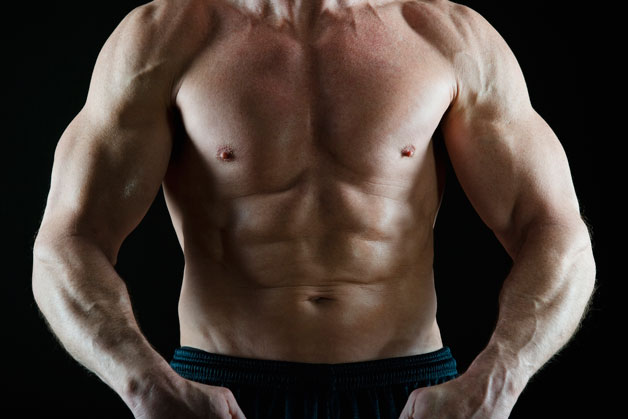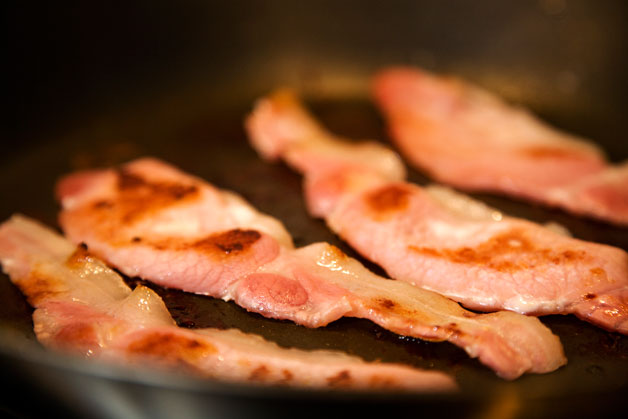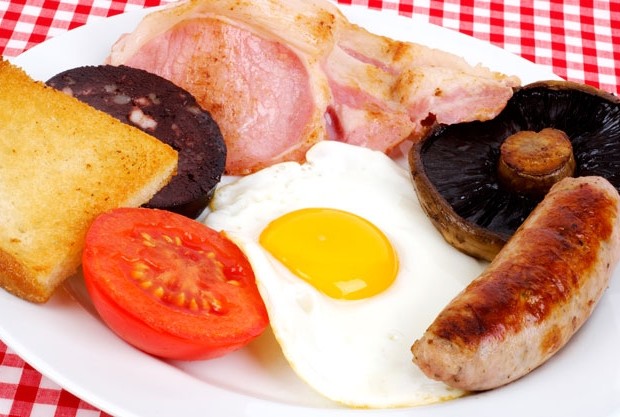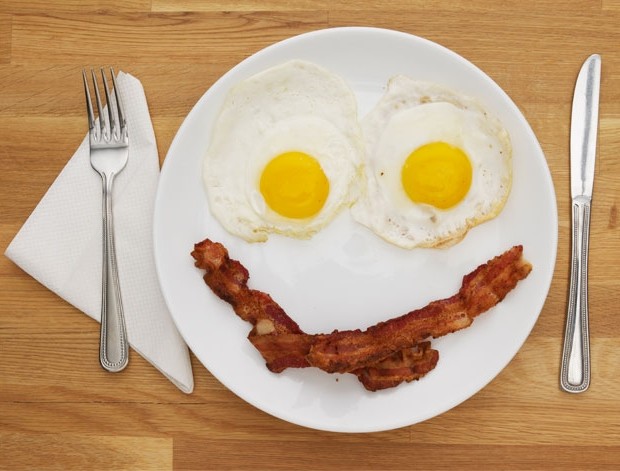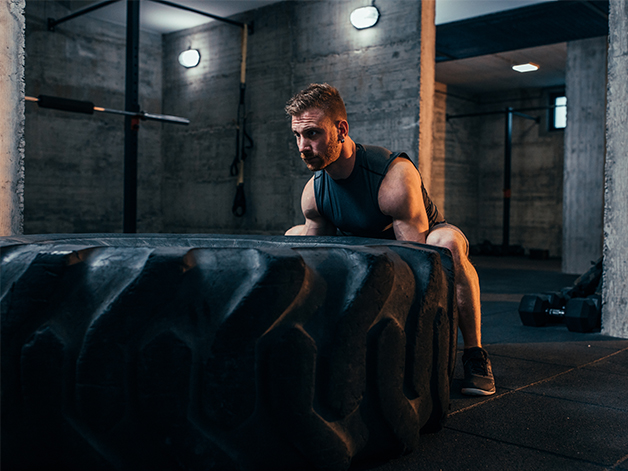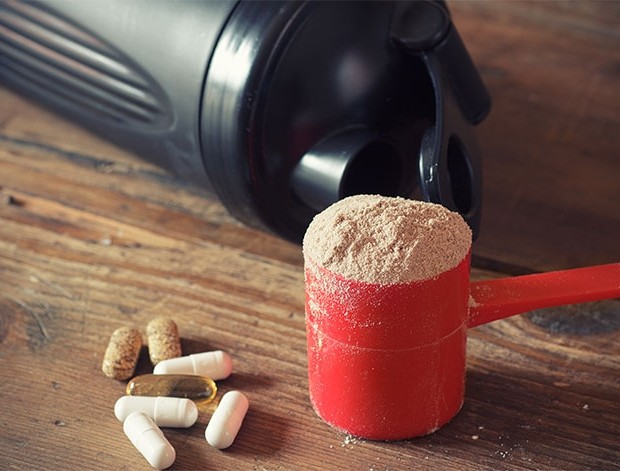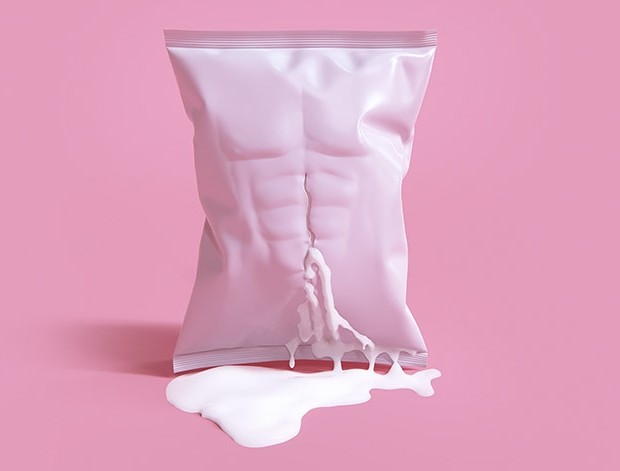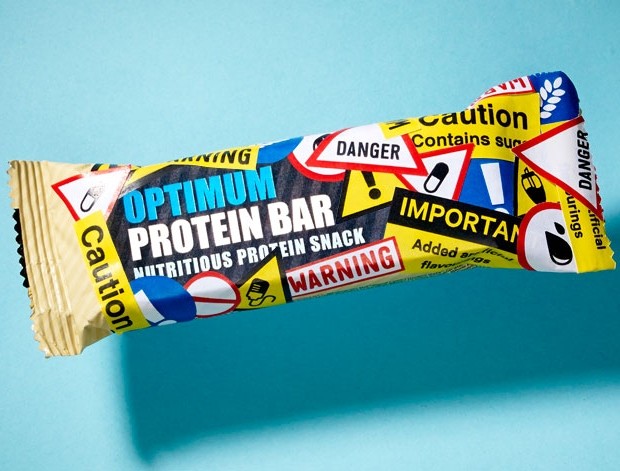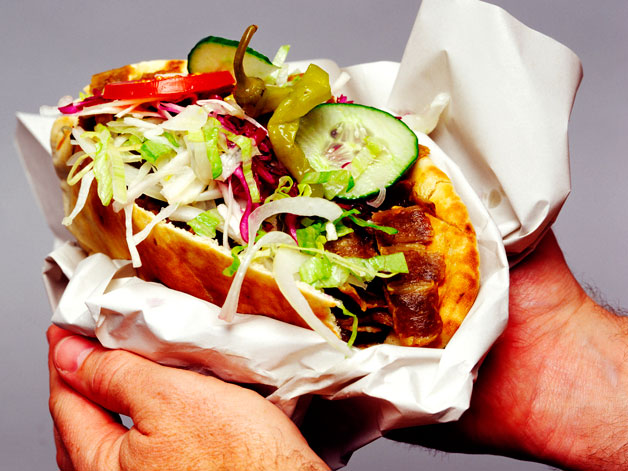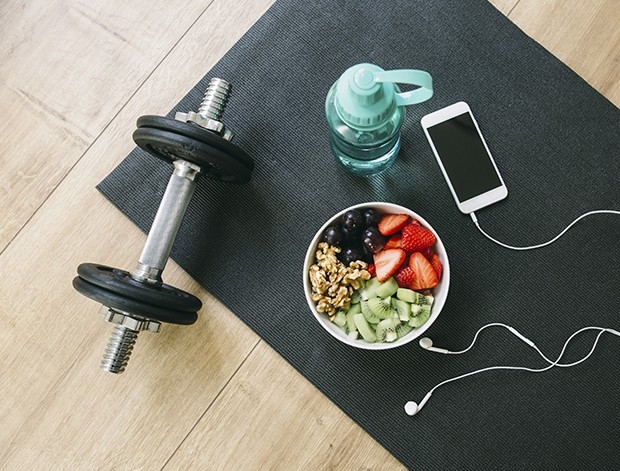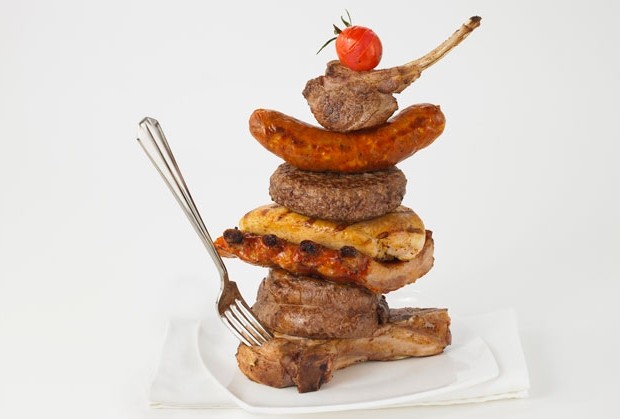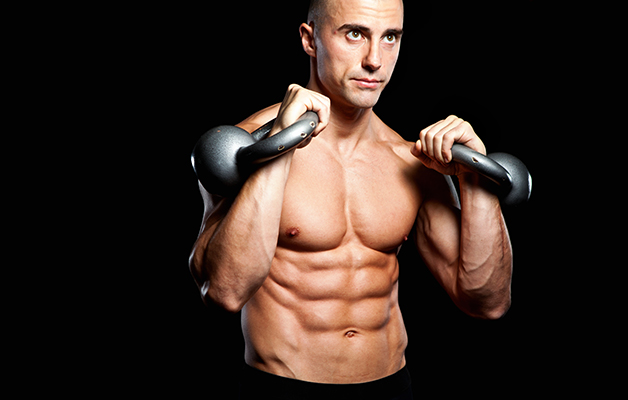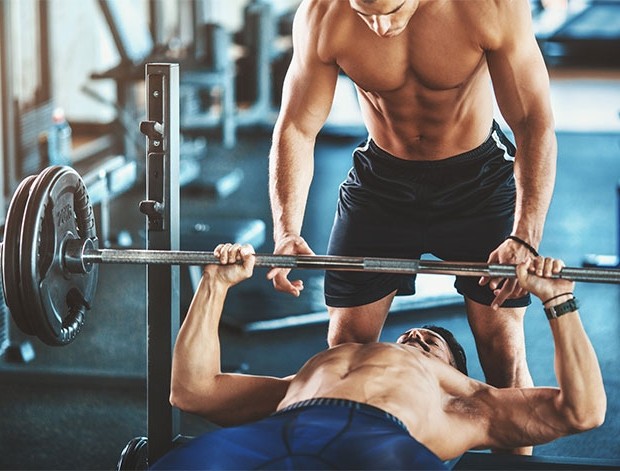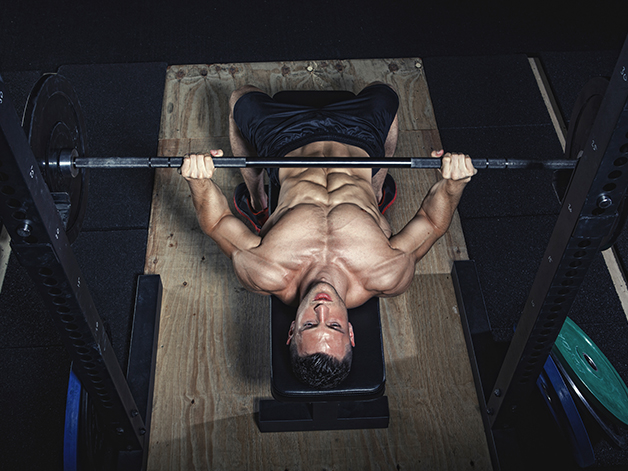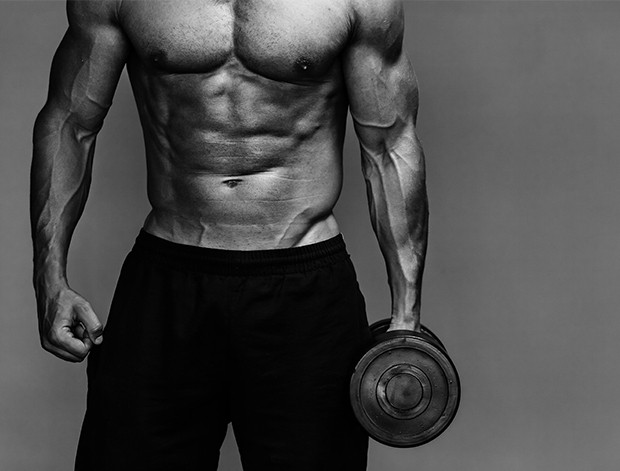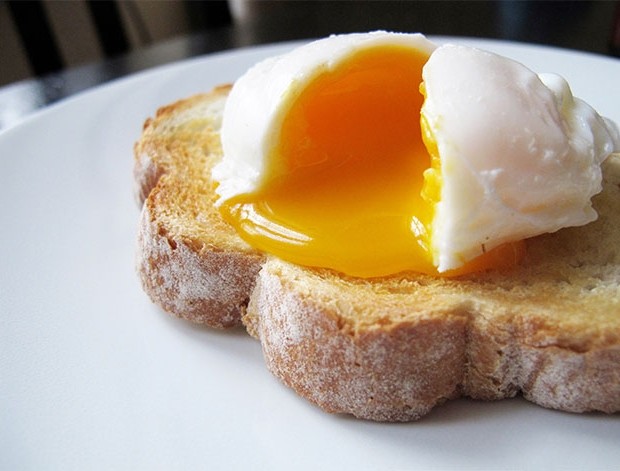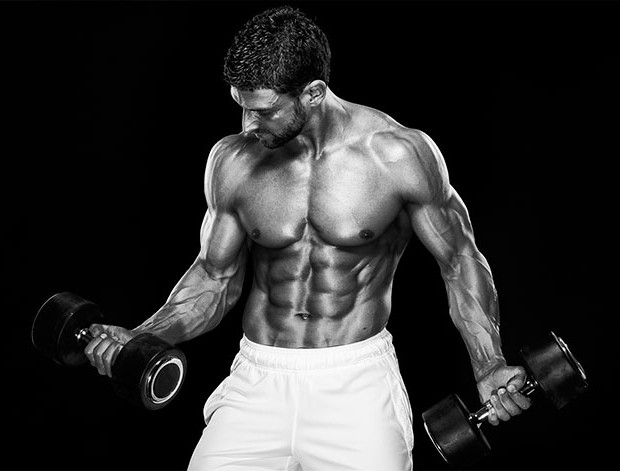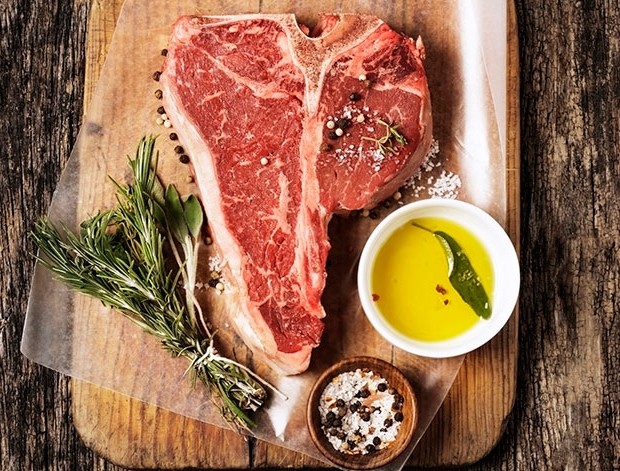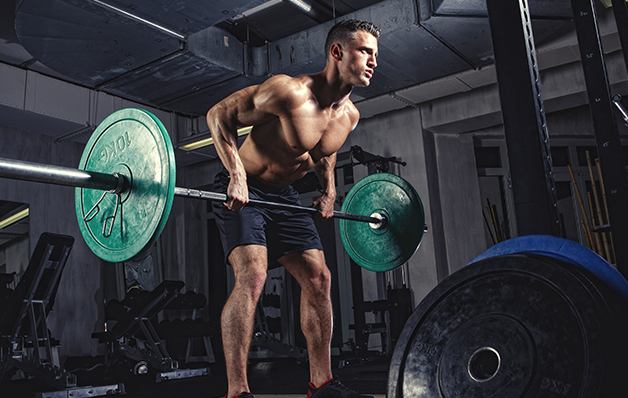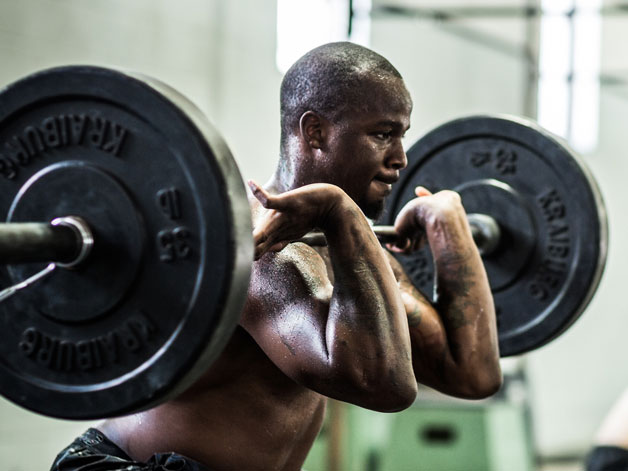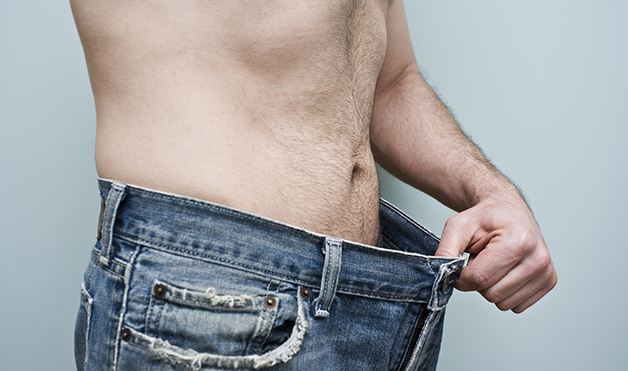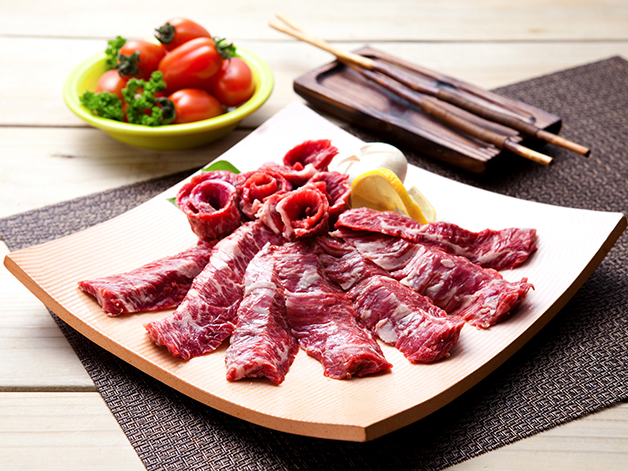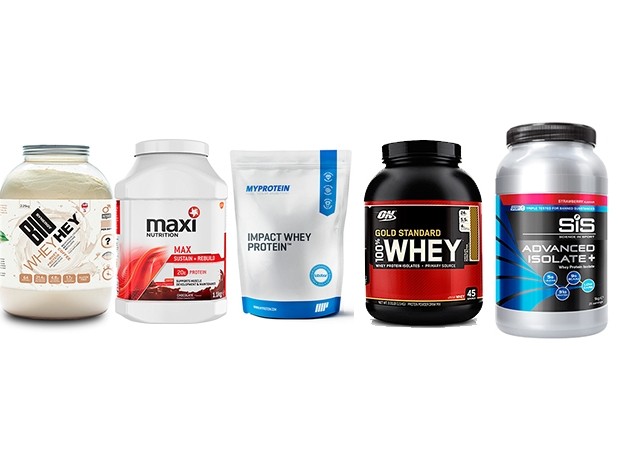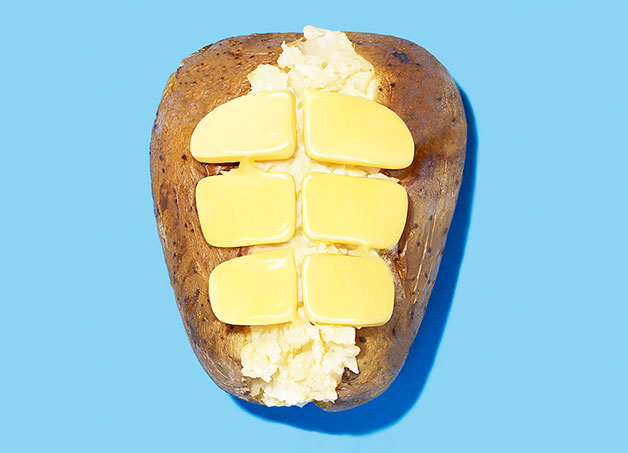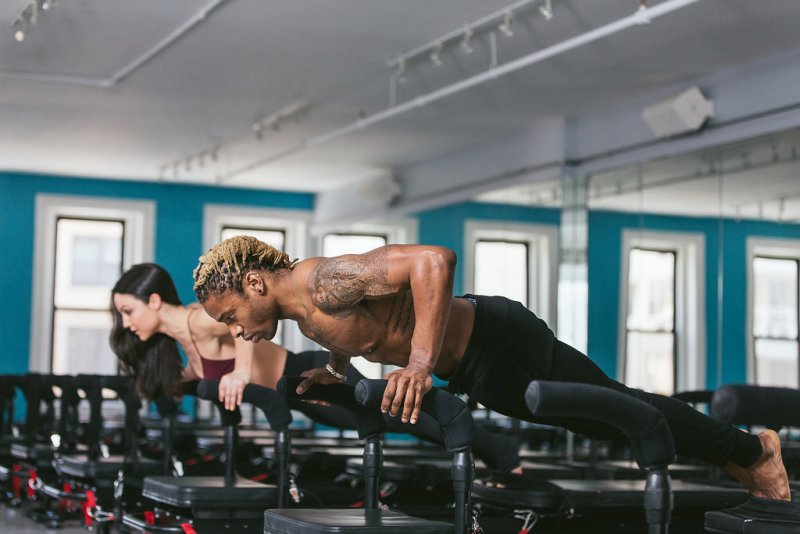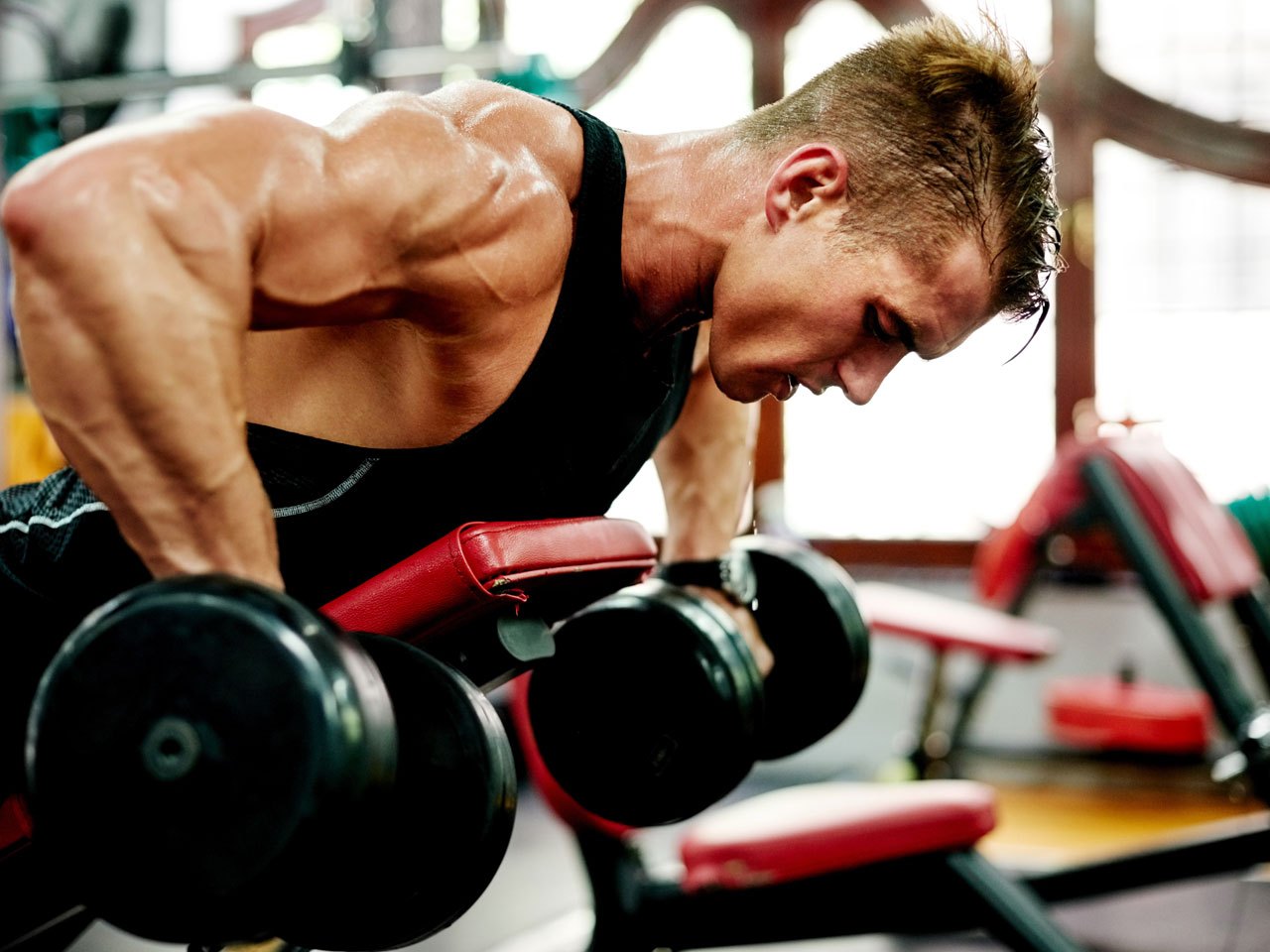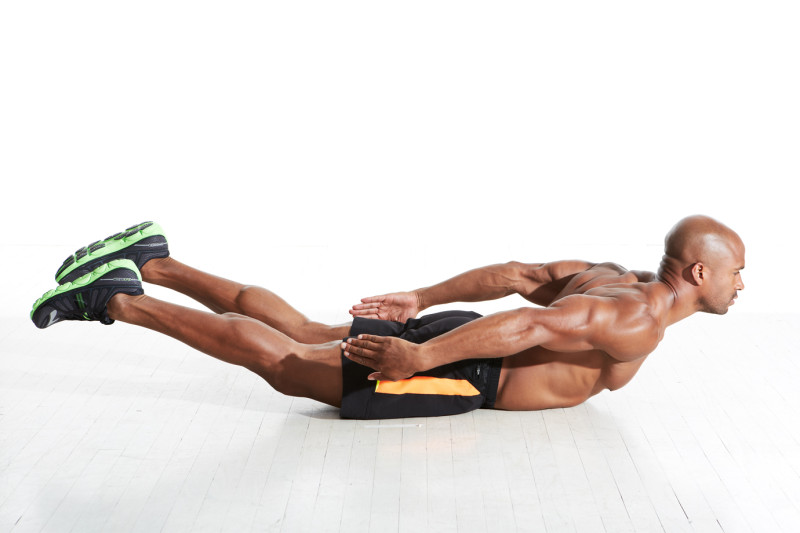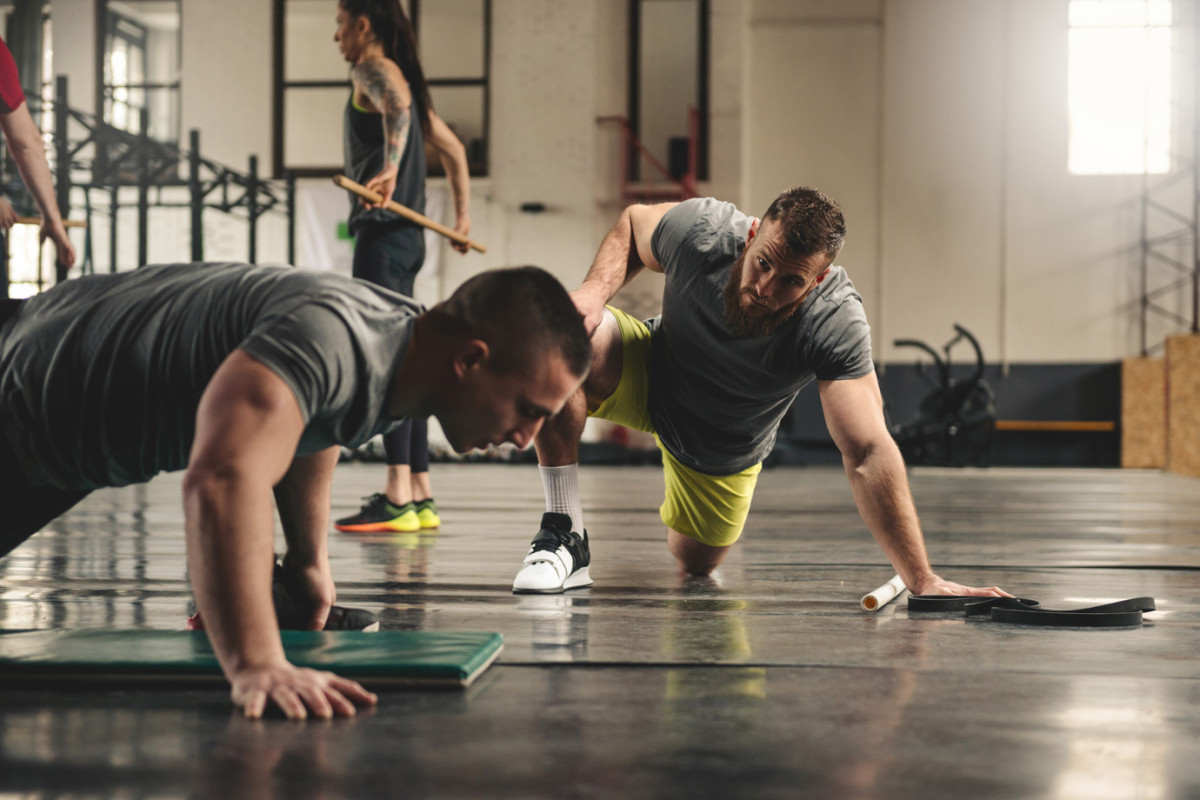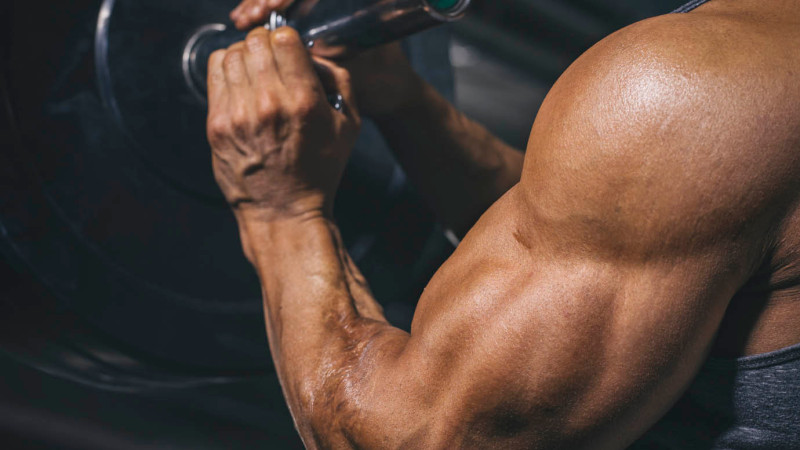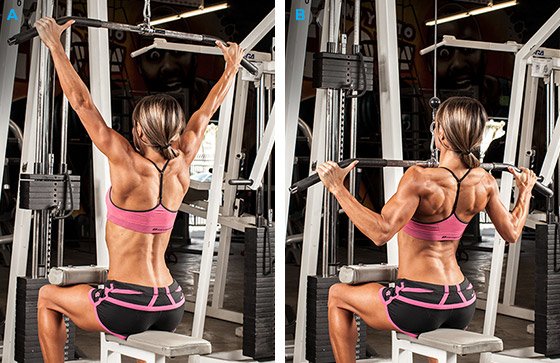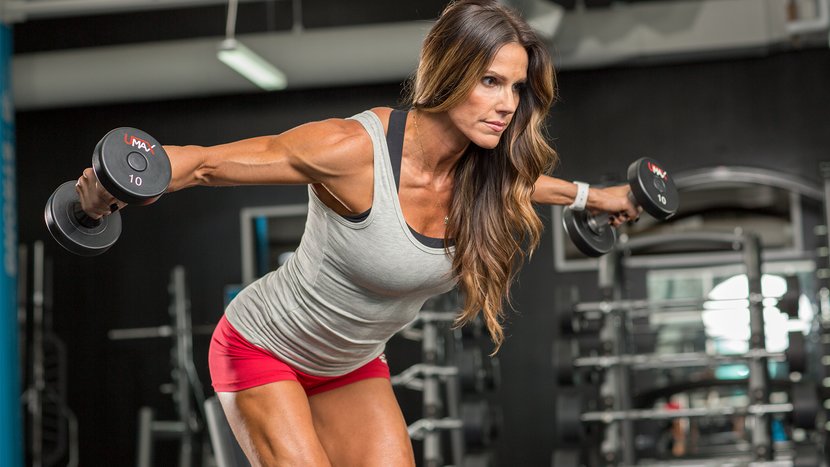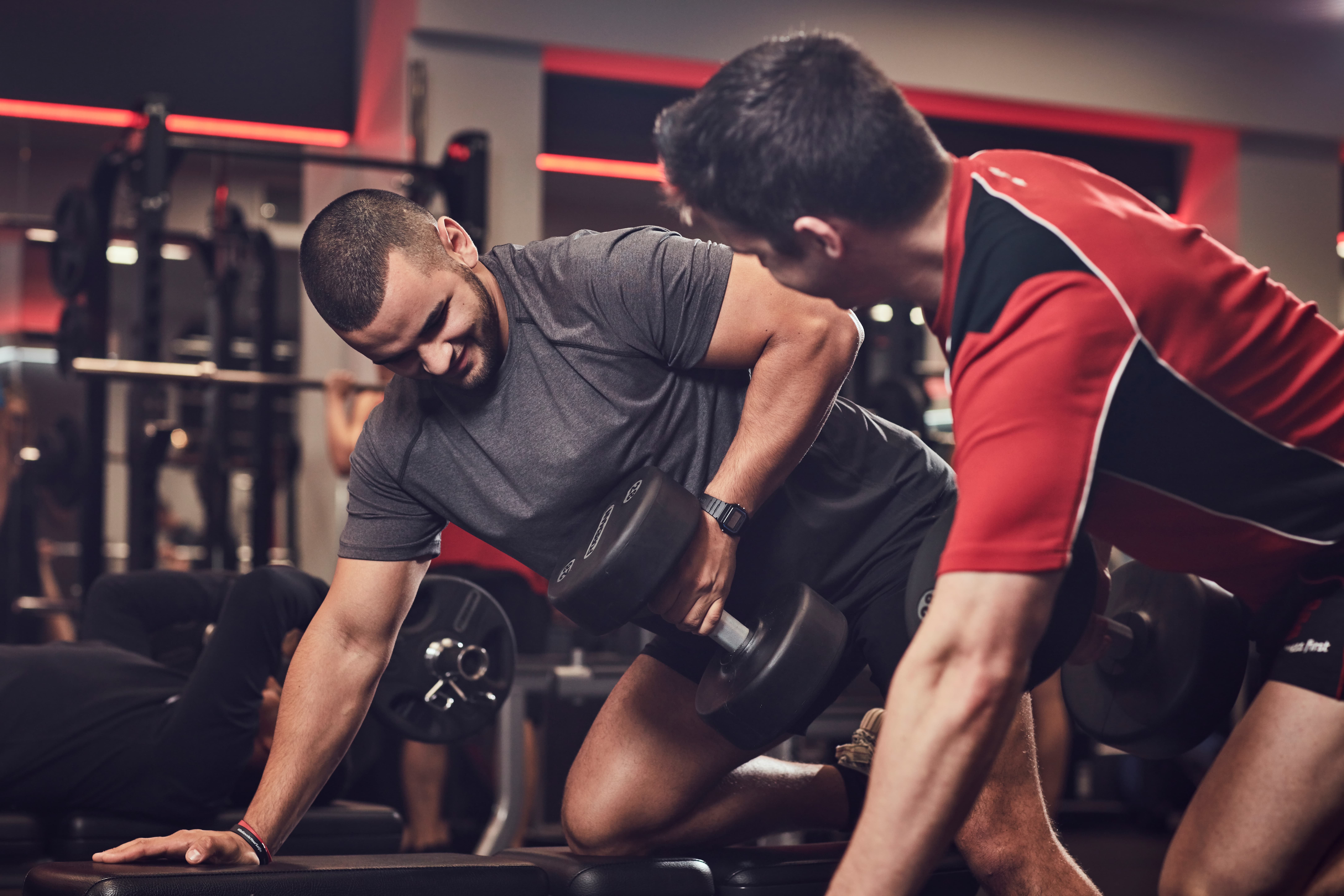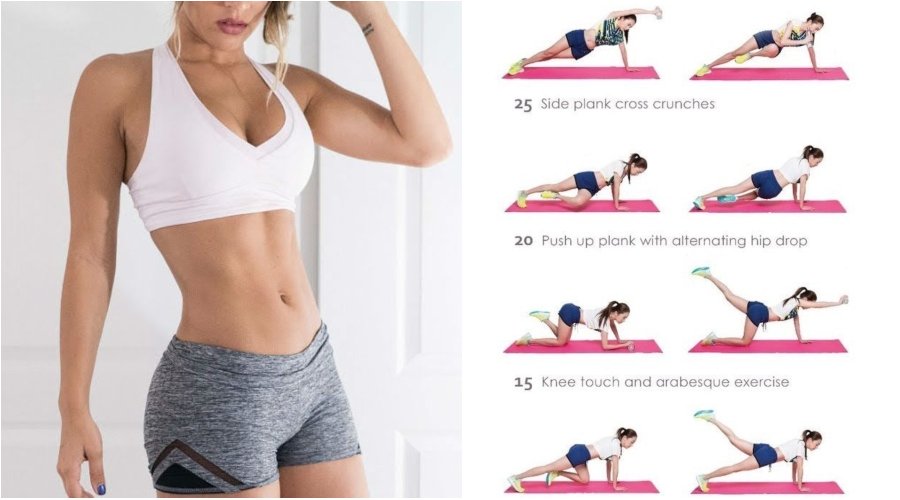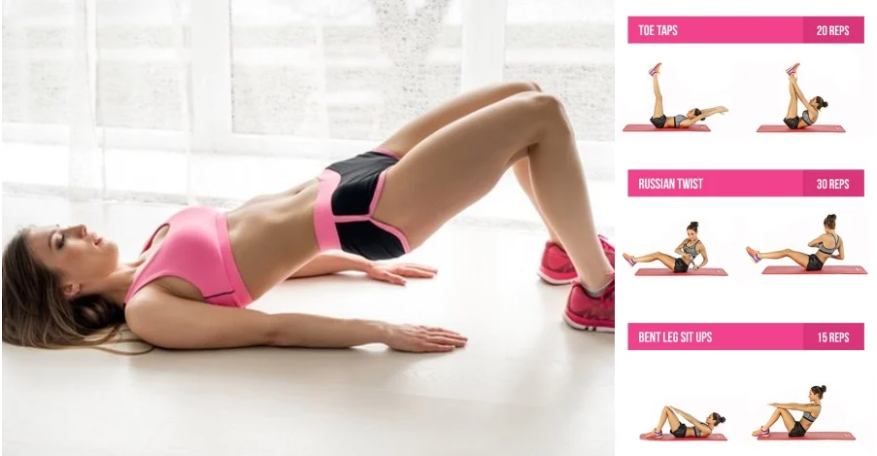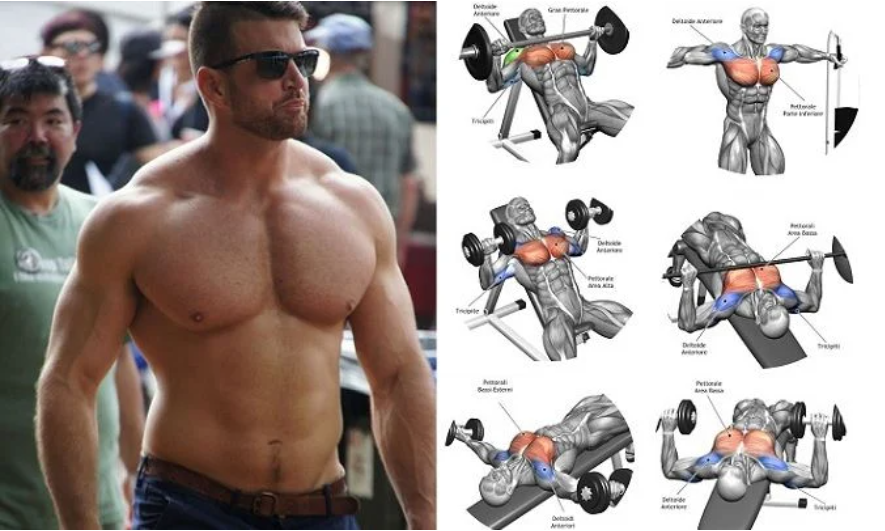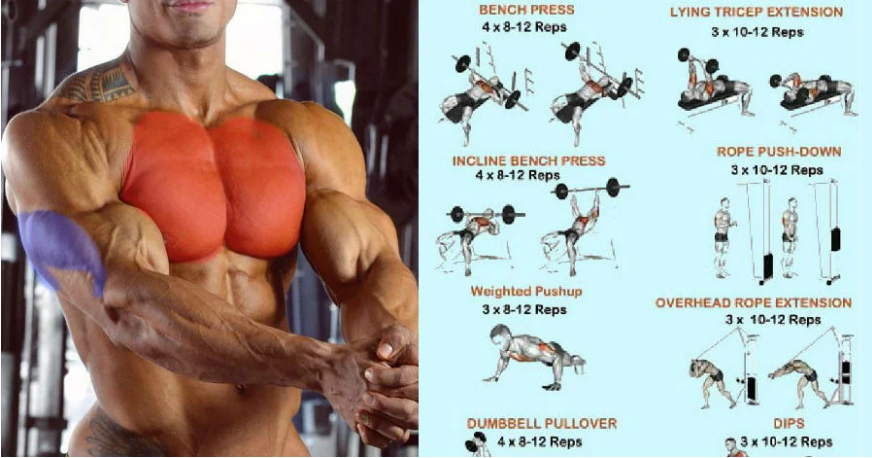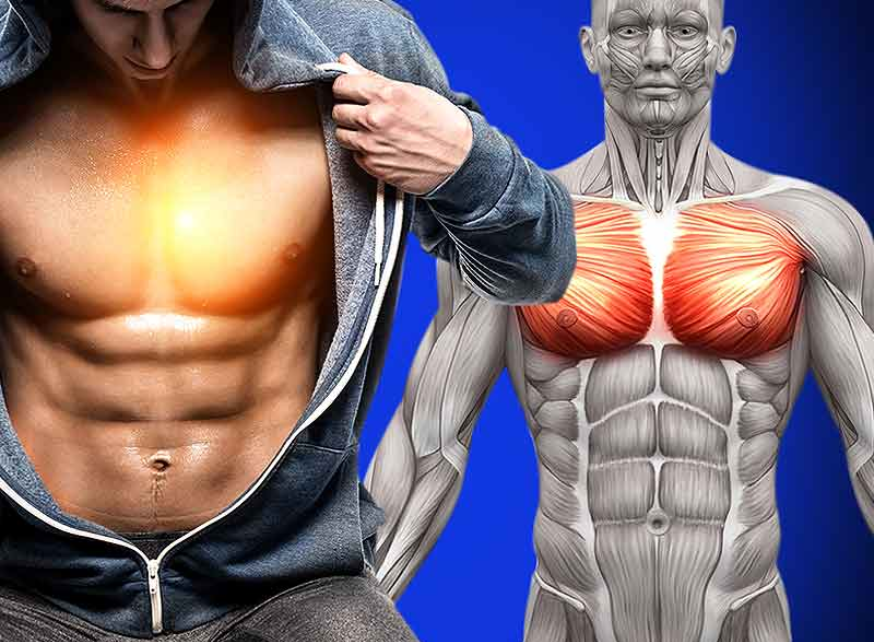Cast off the risk of an early heart attack with our nine weightloss tips
Wa all know it's good to be in good shape - flexibility, mood and sex drive all benefit from keeping fit. But if more incentive were needed to lose the love handles, a recent study from the University Heart Centre in Hamburg has shown that men face the risk of heart attack 10 years before women, with overweight men being at greater risk.
So has your weightloss effort stalled? Read on for nine easy body hacks to get your goals back on track.
1. Cut calories
The low-fat/low-carbohydrate debate comes down to this: You still have to eat fewer calories than you burn if you want to lose weight. It's all rather simple. The perfect weightloss diet is the one you can live with, whether you cut fat, carbs, or some combination.
2. Use whey to trim your waist
Protein-rich foods put more distance between hunger pangs. And the fuller you feel between meals, the easier it is to avoid binges. The best food for appetite destruction: whey protein. A daily shake made with two scoops of whey protein, fruit (fresh or frozen berries or a banana), and water or crushed ice will improve your middle line. You can buy whey protein at any good health-food store.

3. Meat cuts fat
When you eat, your body has to expend calories to digest the food. Protein causes this inner fire to burn the hottest, followed by carbohydrates, followed by fat. Animal proteins increase thermogenesis more than vegetable proteins, so the best calorie-burning foods are lean meats. So eat some protein at each meal – build your dinner around lean chicken, beef, or pork. That way, you're burning the most calories through digestion at the end of the day, when your metabolism is slower.
4. Remember these letters: BCAA
Amino acids are the building blocks of protein, and the branched-chain amino acids – leucine, isoleucine, and valine – are the best of the bunch. BCAAs are as close to magic foods as we'll ever get. They help you recover from hard workouts by reducing the protein breakdown within your muscles; they increase testosterone and growth hormone, your body's most important fat-fighting and muscle-building hormones; and they have their most profound effect when you're following law number 1 and cutting calories in order to lose weight.
For starters, try to get at least 10g of BCAAs a day. Since they're most abundant in meat and dairy products, you can get the better part of that by following laws 2 and 3. (Two scoops of whey protein and 3 ounces of beef contains 10g of BCAAs.)
You can also buy BCAA supplements (which, you should be aware, are expensive). Look for supplements that are 50% leucine, 25% isoleucine, and 25% valine. Start off with 10g per day, and wait a month before bumping up the dose. The maximum useful intake is probably 60g a day from food and supplements.
5. Say no to highly refined carbohydrates
One thing that every weightloss researcher and diet-plan author can agree on: highly refined carbohydrates, such as fructose-sweetened beverages and low-fiber breads, are a terrible idea. Among the many sins of fizzy drinks and sugary snacks is the way they cause your blood sugar to spike soon after eating. What goes up fast comes down fast, and you end up feeling tired and hungry much sooner than you should.
Goodbye diet, hello diabetes.
6. Food goes further with fibre
Fibre's effect is the opposite of snack foods'. When you have fibre in your stomach, food takes longer to enter the bloodstream, and your blood-sugar level stays steady.
The benefits: you'll have a more consistent energy supply and less between-meal hunger. The only potential downside is that you won't get as much reading done in the bathroom. What slows down your blood sugar at the front end speeds things up at the back end.
Start with 7 to 12g a day, mixing some with water and drinking it before your main meals.

7. Count on calcium
Recently, nutrition researchers discovered that dairy and other calcium-rich foods help you stay lean, prevent osteoporosis, and possibly prevent colon cancer. The recommendation is to take in 1000 to 1200 milligrams (mg) of calcium a day. (A cup of milk contains 300.)
Unfortunately, too much calcium may increase the risk of prostate cancer. The tragic number seems to be 600 mg a day from dairy products. And what's the point of having a V-shaped torso if your prostate has a spare tire?
Here's how to reap the benefits of calcium without the risks:
• Avoid taking high-dose calcium supplements unless you really need them (under doctor's orders, or if you never eat foods naturally rich in calcium). The fat-fighting properties of calcium are activated only if you obtain it from real food.
• Look for low-fat dairy products fortified with vitamin D, such as fat-free milk and yogurt. Vitamin D offers prostate protection.
• Triple your home-gland security by occasionally eating a tomato salad (rich in prostate-protecting lycopene), mozzarella cheese (rich in calcium), and olive oil (which contains a cancer-fighting fat called beta-sitosterol).
8. Alpha males use omega-3 fats
Each year, we learn more about the health benefits of omega-3 polyunsaturated fats, which are found in fish, nuts, seeds, and flaxseed and fish oils.
These health benefits – less risk of heart disease and diabetes, for example – are great on their own. But omega-3 fats contribute to a better physique as well. For example, omega-3s reduce inflammation throughout your body. That not only prevents heart attacks (inflammation in the tissues surrounding blood vessels is a major cause) but also helps your muscles recover faster from workouts.
Bigger, less-inflamed muscles mean a faster metabolism, and speeding up your metabolism is crucial when you're trying to get lean. If you don't eat fish twice a week and can't stomach fish-oil supplements, try eggs high in omega-3s, which are found in the dairy case, next to the regular eggs. You can eat four of them a day without any negative effect on your cholesterol levels.

9. Make a plan
You must have a plan. The more sophisticated it is, and the more tailored to your likes and dislikes, the better. You can't wing it and expect to see results. Research has yet to discover the perfect weight-loss regimen. But even the worst plan is more likely to succeed than no plan at all.
The best plan is likely to include these elements:
• Meals and snacks are based on some lean protein source – fish, eggs, dairy, meat.
• More meals are better than fewer. Five or six meals and snacks a day is ideal.
• Low-fat and high-fat diets can both work, but one that cuts almost all fat is doomed.
• Nobody ever became obese from eating the best carbohydrates – fruits, vegetables, and whole grains. And nobody ever died from skipping potatoes, pasta, rice, popcorn, and Wonder Bread.


